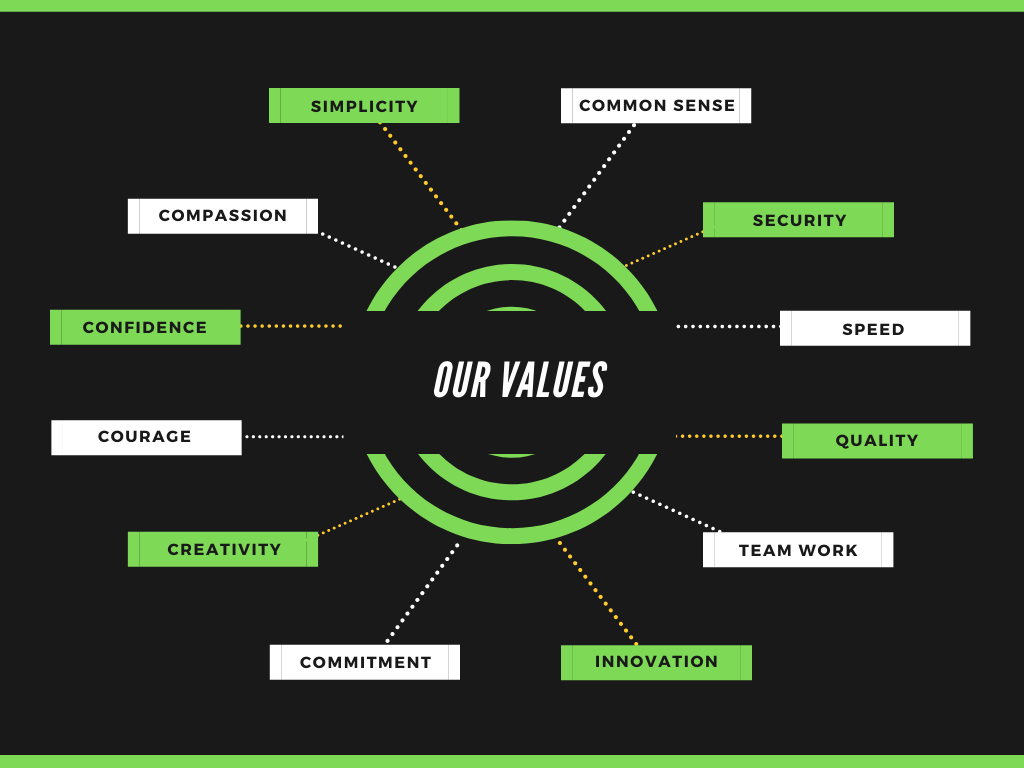the queuing experience by controlling customer flow.
Although usually an individual only takes into account the effects of long queues on regular visitors, everybody — from top-level administration and customers to the manager — benefits from proper queue management.
Types of Queue Management Systems:
Physical management
Stanchions, or belt barriers, limit the way people can move across the location. With a low chance of queue, this creates orderly queue-jumpers or line-cutters. You can see stanchions in movie theatres or airports.
Sign-in sheet
Visitors are required to fill in a sign-in sheet template and then give the form to a frontline manager or clerk. Any individual can see sign-in sheets in hospitals, especially in the U.S.
Ticket-based management
A visitor is given a numbered ticket and waits until the screen displays that particular number. In the case of multiple numbers servers, every server is equipped with a separate screen. You can see all the ticket systems in post offices.
Digital management
Visitors are allowed to take care of registration themselves by entering data through the Digital queue management. Customization availability, or given as an option, allows different kinds of data to be entered and processed.
Human management
Human management can work sequentially with all of the above types of queue management systems. Every customer is assigned a personal server, which guides them through every step of the service.
As the conception of smart cities, transmuting cities into digital societies and making citizens’ lives easier in every aspect, is becoming more vital. The requirement of a Queue Management System becomes the crucial part of all the other components.










